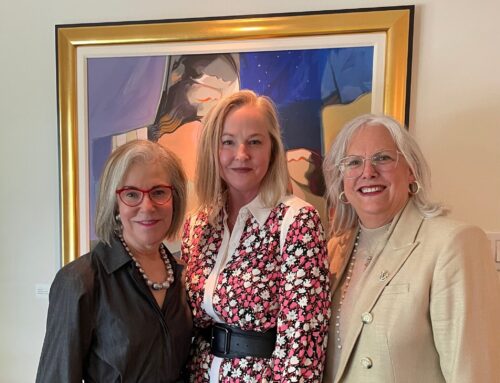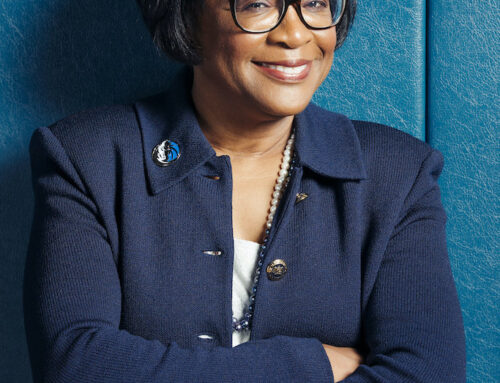
Photo courtesy of Victor Vescovo via Twitter.
Two seniors at St. Mark’s School of Texas did what other engineers couldn’t do.
Alumnus Victor Vescovo reached out to Ben Gravel and Isaac Song last year, asking them to develop an app to help him navigate the bottom of the ocean.
“Other teams had been over-engineering all sorts of solutions, and none of them worked, so Mr. Vescovo came to us,” Gravel told St. Mark’s.
During the summer and into the fall, the students formulated ideas, tested and refined code. And on Dec. 16, 2021, Vescovo used the app to pilot the submersible Limiting Factor to the bottom of the Kermadec Trench.
“Everyone wanted to just throw more electronics and hardware at the problem and make it work in the deepest parts of the ocean,” Vescovo told the school. “Sometimes the best solutions are the ones that don’t throw money and hardware at a problem but use existing assets in unconventional ways.”
In 2020, the robotics team at St. Mark’s helped Vescovo by designing a soil collector that could be used to harvest samples from the ocean floor, according to an article on the school’s website.
Vescovo, who graduated from St. Mark’s in 1984, recently became the first person to reach the bottom of the four deepest ocean trenches. Throughout his adventures, he has shared never-before-seen sonar maps that show “some massive features lurking in the depths.






